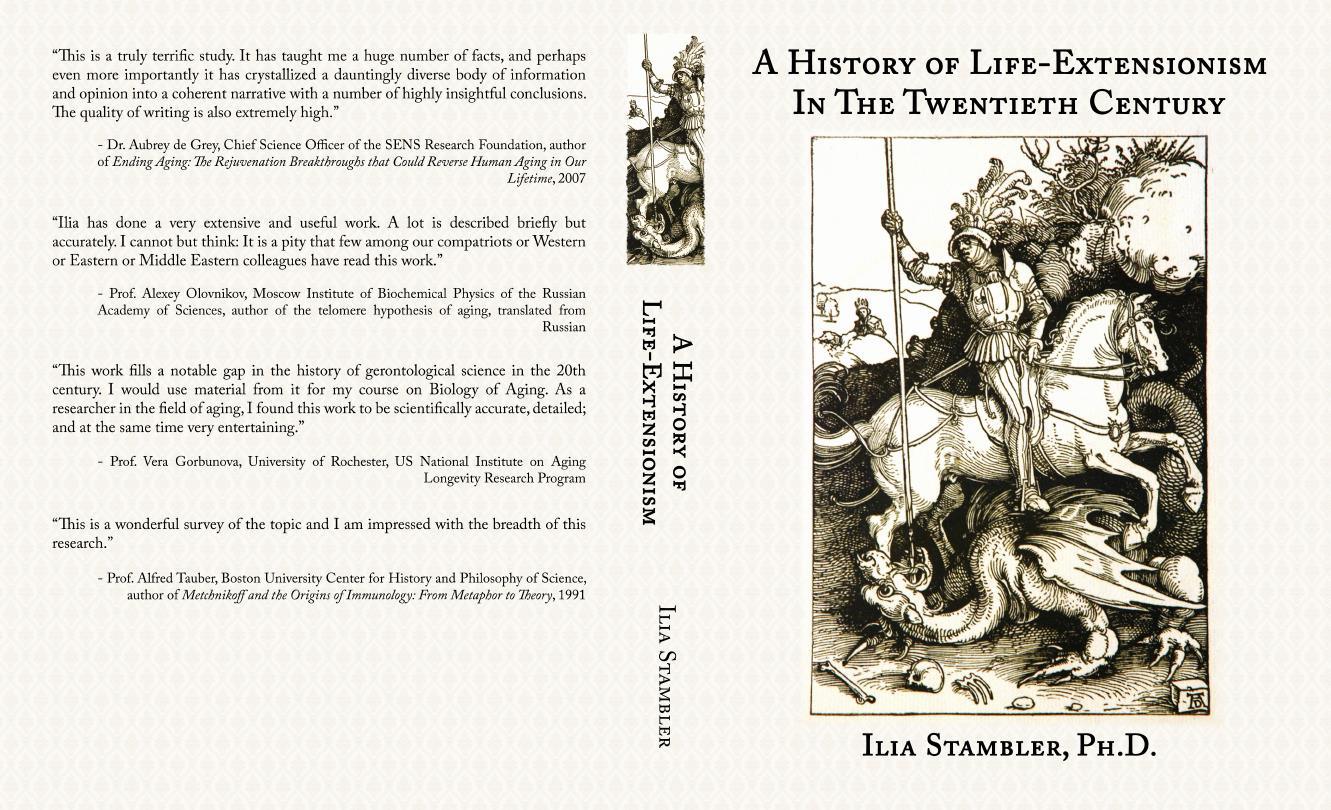Chemistry, which made possible plastics, synthetic fibers, and many other innovations, also greatly affected daily life by its impact on food, clothing, and most material objects. Chemistry assisted the very great gains made by the biological sciences and their application to medicine and public health.
In the United States and elsewhere, infant mortality fell and many contagious diseases were conquered so successfully that the average expectancy of life at birth increased by more than twenty years since 1900. More children were being born and living longer worldwide, so that the problem of feeding an expanding population remained acute. Some relief resulted from the new technologies of irrigated farming, chemical fertilizers, and highly productive new hybrid strains of wheat and corn.
The advance of science created problems as well as solved them. Some of the problems were of the first magnitude, notably the prospect that modern military technology could destroy humanity. Pesticides, detergents, and plastics, which were originally thought to be purely beneficial to the quality of life, also threatened life by their harmful effects on ecology. Scientists and technicians came under attack as cold, inhuman, and unable to control the awesome gadgets they created.
Though every field of science grew exponentially in the years after World War II, the world’s demand for practical applications of science to technology inevitably meant disproportionate growth in certain areas. At the same time, widely accepted scientific principles came under review, and physicists and geologists alike admitted that much of their most basic work was, at root, fundamentally philosophical.
Indicative areas of growth and change included the technology of weaponry, medicine and the treatment of injury and disease, genetics, challenges to the theory of evolution, concern for population control, and matters of the environment, from worry about global warming to political responses to extensive and damaging oil spills.
Perhaps most immediately noticeable to the general public, and most open to democratic influence, was the rise of the environmental movement. The “father of ecology,” the American George Perkins Marsh (1801-1882), published Man and Nature, with the cogent subtitle Physical Geography as Modified by Human Action, in 1864.
Called “the Bible of the environmental movement,” Marsh’s work showed how each action in nature is followed by another. Noting that Greece, now dry and with sparse forest cover, was heavily forested until goats were introduced to the landscape, Marsh argued that every human act had a consequence in nature.
To this point, perhaps the culmination of such awareness is shown by the heated debate over global warming. Early in 1991 scientists reported that 1990 was the warmest year on the meteorological record. Historians and scientists had long been aware of climatic change across great periods of time, but growing concern over the “greenhouse effect,” over how pollution in the upper atmosphere might well lead to a global warming so extensive and catastrophic that agriculturally productive areas would be turned into wastelands, that glaciers would melt and the seas rise, successfully dramatized the fact that the entire globe faced daunting problems in common.
Of course such problems are not simply scientific or managerial: They are political as well. No issue showed this so clearly in the 1980s and early 1990s as the intense struggle over population limitation, birth control, and— especially in the United States—abortion. By 1990 nearly ninety acres of tropical forests were being destroyed daily to create land for crops and cattle and to provide timber for fuel and construction.
Every hour in 1990, 16,400 human beings were born around the globe. To many observers such statistics seemed inevitably linked. The industrial, or postindustrial societies, especially in western Europe, were virtually at a steady-state birth rate, with births and deaths canceling each other out, but in Africa, much of Asia, and Latin America the post–World War II population explosion remained essentially unabated. By 1990 the world’s population stood at 5.3 billion.
The population in less developed countries was doubling every 29 years. Science could provide contraceptive pills and medicine could make safe abortions possible, but such interference with life’s processes was the focus of much moral anguish, political debate, and protest. While limiting family size came to be widely accepted in Japan, Singapore, the PRC, and much of Europe, the profound issue of whether abortion was murder rocked the New World democracies and many Roman Catholic countries.
Both weaponry and medical research benefited from World War II and the many wars of the last forty years. But war, and the upheavals of economic and social change, also opened the door to new ethnic tensions, to new diseases, and to a vast and growing international illegal drug trade.
By 1989 the United States, Britain, and other Western democracies had announced a war on drugs; entire nations, most particularly Colombia, appeared to be at the mercy of drug barons, with hundreds of judges and politicians killed, their children held as hostages, entire police forces and armies corrupted. Drugs destabilized families and societies, adding yet one more force for change.
With rising taxes, inflation, and housing costs that made the dream of home ownership less and less realistic, more and more families had two parents who went off to work daily. Schools, already staggering from budget cuts, faced declining standards in most of the democracies at the same time they were being expected to provide substitutes for traditional family services.
By 1991, only one child in four in the United States lived in the kind of household that was customary at the outbreak of World War II: with two married parents, both living at home, and only one at work. In such changes lay challenges and opportunities, as well as pressing problems, for the findings of scientists, economists, philosophers, and historians.

